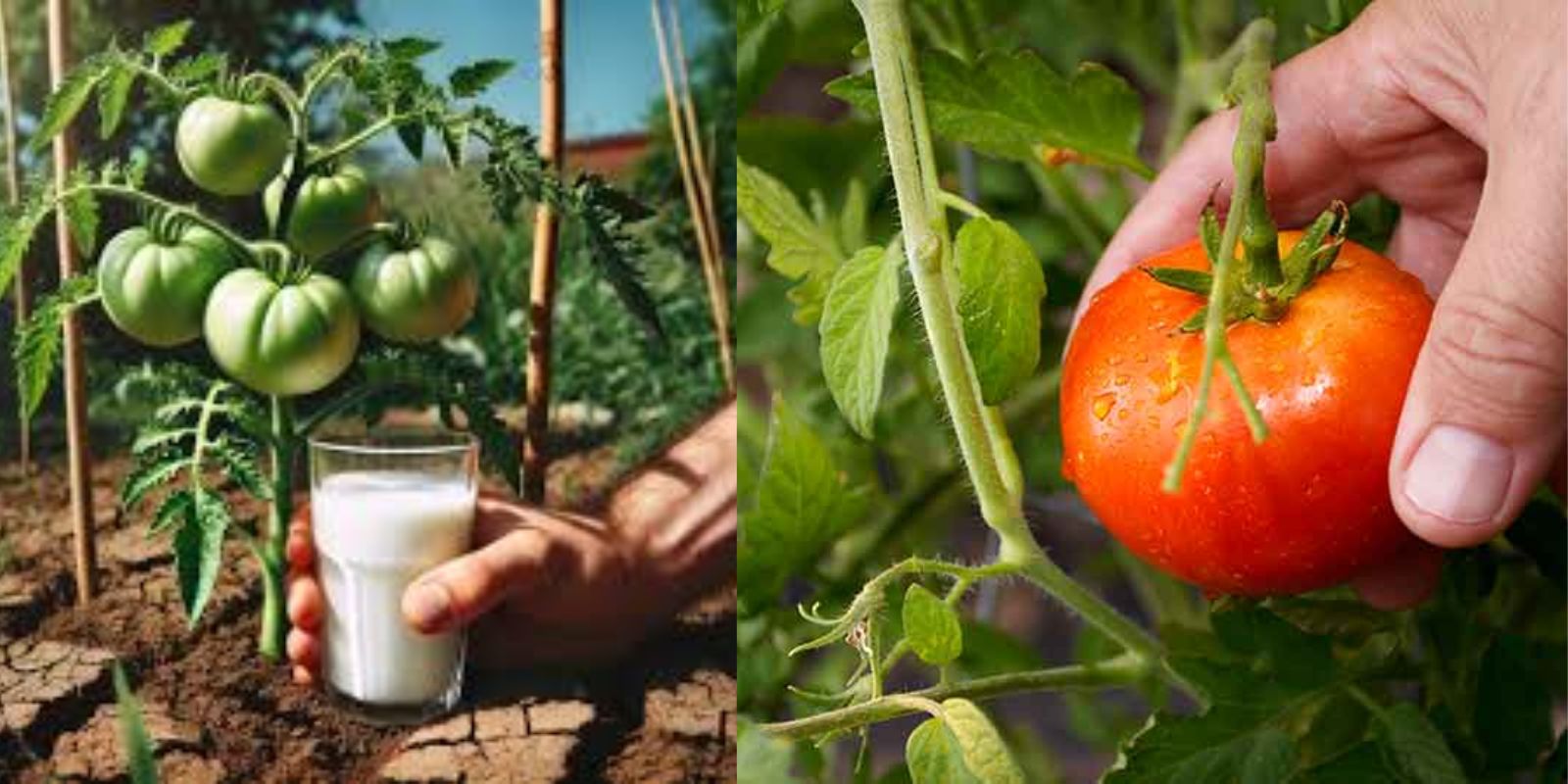Introduction
Tomatoes are a garden favorite, celebrated for their juicy sweetness and versatility. However, achieving a prolific tomato harvest requires more than just good seeds and watering. The secret often lies in the soil—rich, well-balanced soil provides the foundation for healthy, productive tomato plants. By incorporating five specific ingredients into your garden soil, you can boost tomato growth and enjoy an impressive harvest. This article will guide you through these essential ingredients and how to use them to transform your tomato garden.
1. Compost: The Organic Powerhouse
What It Is: Compost is decomposed organic matter that enriches the soil with essential nutrients. It’s made from kitchen scraps, yard waste, and other organic materials that break down over time.
Why It’s Important: Compost improves soil structure, enhances moisture retention, and supplies a wide range of nutrients. It creates a fertile environment that supports strong root development and plant growth.
How to Use It: Mix a generous amount of compost into your garden soil before planting. For existing tomato beds, apply a layer of compost around the base of the plants and gently work it into the topsoil. Compost should be applied annually to maintain soil fertility.
2. Bone Meal: The Phosphorus Booster
What It Is: Bone meal is a finely ground powder made from animal bones. It’s a rich source of phosphorus and calcium.
Why It’s Important: Phosphorus is crucial for root development, flowering, and fruiting. By providing a steady release of phosphorus, bone meal helps your tomato plants develop strong roots and produce more fruit.
How to Use It: Incorporate bone meal into the soil before planting by mixing it with the soil at a ratio of about 1 to 2 cups per 10 square feet. For established plants, you can apply bone meal around the base of the plants and lightly work it into the soil.
3. Epsom Salt: The Magnesium Enhancer
What It Is: Epsom salt is magnesium sulfate, a mineral compound often used to treat soil deficiencies.
Why It’s Important: Magnesium is a key component of chlorophyll, the pigment that gives plants their green color and is essential for photosynthesis. Epsom salt helps improve leaf greenness and overall plant health.
How to Use It: Dissolve 1 to 2 tablespoons of Epsom salt in a gallon of water and use it to water your tomato plants every 2 to 4 weeks. Alternatively, you can sprinkle a small amount of Epsom salt around the base of the plants and water it in.
4. Eggshells: The Calcium Source
What They Are: Eggshells are the hard, outer coverings of eggs that are rich in calcium carbonate.
Why They’re Important: Calcium is essential for cell wall strength and helps prevent blossom end rot, a common issue with tomatoes that results in sunken, rotted spots on the fruit.
How to Use Them: Crush the eggshells into small pieces and mix them into the soil before planting. For ongoing calcium support, sprinkle crushed eggshells around the base of the tomato plants and work them into the soil.
5. Fish Emulsion: The Nutrient-Rich Fertilizer
What It Is: Fish emulsion is a liquid fertilizer made from fermented fish. It provides a balanced mix of nutrients, including nitrogen, phosphorus, and potassium.
Why It’s Important: Fish emulsion offers a quick-release source of essential nutrients that promote vigorous plant growth, strong stems, and abundant fruit production.
How to Use It: Dilute fish emulsion according to the package instructions and use it as a foliar spray or soil drench. Apply it every 2 to 4 weeks throughout the growing season to provide ongoing nutritional support.
Tips for Successful Application
- Test Your Soil: Before adding any amendments, test your soil to determine its nutrient levels and pH. This will help you understand what your soil needs and avoid over-fertilization.
- Avoid Overuse: While these ingredients are beneficial, too much of a good thing can be detrimental. Follow recommended application rates to prevent nutrient imbalances and plant stress.
- Combine with Good Practices: Along with these ingredients, practice good gardening techniques such as proper watering, mulching, and regular weeding to support overall plant health.
Conclusion
Achieving a bountiful tomato harvest requires attention to detail and the right nutrients. By incorporating compost, bone meal, Epsom salt, eggshells, and fish emulsion into your soil preparation and maintenance routine, you can significantly boost your tomato plants’ growth and productivity. These ingredients will create a rich, fertile environment that supports healthy root development, robust foliage, and abundant fruit.
Motivation
Don’t wait to transform your tomato garden into a thriving, productive oasis. Implement these five essential soil ingredients and watch your tomato plants flourish with impressive speed and vigor. Start today and enjoy the satisfaction of a successful, high-yield tomato harvest!

